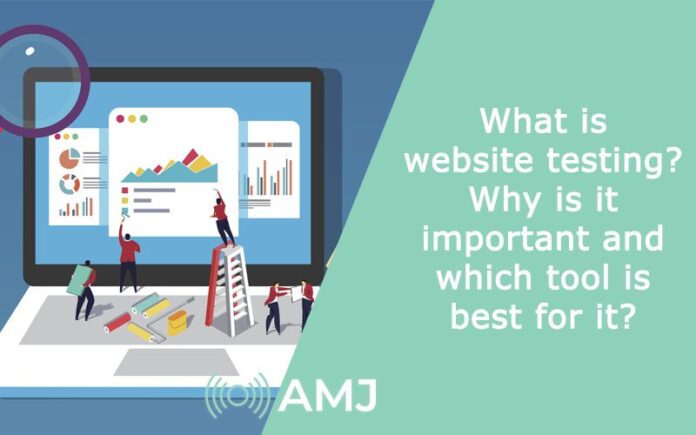Website testing has become critically important for businesses operating online today. But what exactly does it entail, and why does it matter? In this article, we’ll cover the key things you need to know about website testing. Thorough testing helps ensure a smooth user experience across devices and browsers. It also verifies website functionality and catches defects before they impact customers. Proactive testing gives confidence in website updates and helps avoid unexpected issues after launch. Investing in comprehensive website testing tools provides multiple benefits for online businesses.
Contents [hide]
What is website testing?
Website testing involves thoroughly validating a website or web application to check that it functions and performs as expected. This includes verifying:
- User Interface: Testing the UI across different pages, ensuring correct content, images, links, navigation, etc.
- Functionality: Validating all features and business logic behaves correctly.
- Client-side Performance: Checking site responsiveness and load times on different network conditions.
- Cross-browser compatibility: verifying consistency across browsers like Chrome, Firefox, and Safari.
Essentially, website testing aims to replicate real user scenarios to confirm the system works without issues as end-users would expect.
Why is website testing important?
With businesses relying so heavily on their websites and web apps, having issues present can significantly impact key metrics, including:
- Bounce Rates: Visitors are leaving quickly due to poor performance or a confusing UI.
- Conversion Rates: Broken features leading to an inability to drive conversions.
- Revenue: Issues directly translating to lost business opportunities.
- Brand Reputation: Bugs ruin overall user trust and loyalty.
Clearly, having comprehensive testing avoids these critical pitfalls by proactively catching problems early. This makes having a bulletproof website testing process invaluable.
The Best Tool for Website Testing
There are many commercial and open-source tools available in the website testing space. But we would strongly recommend Testsigma as the best option available today because of its complete end-to-end capabilities, which cover:
- Codeless Automation: Quickly build UI test automation without coding skills. Covers web, mobile, and API testing.
- Rapid Test Creation: Testsigma’s AI-based capabilities significantly speed up test creation.
- Smart Test Maintenance: Best-in-class test maintenance ensures breakages get autofixed.
- Robust Validations: Assertions for text, images, files, structured, and raw data.
- Performance Testing: Identify real bottlenecks under load with out-of-the-box tools.
- Easy CI/CD Integrations: Natively supports leading CI/CD platforms, enabling shift-left testing.
With these comprehensive capabilities, teams can shift both left and right confidently, catching critical defects early while also scaling test automation at the same time. This makes Testsigma the ideal website testing tool on the market today.
Conclusion
As we have seen, thoroughly testing websites is hugely important for online businesses today, as any issues found in production can directly hurt revenue, brand reputation, and loyalty. Testsigma provides full-stack test automation covering UI, API, and performance testing, making it one of the best web application testing tools available. With AI-led authoring and maintenance combined with CI/CD support, Testsigma takes website test automation to the next level. Having the ability to create, execute, and analyze test cases without coding makes Testsigma accessible to non-technical users. This ease of use, combined with advanced auto-healing, ensures tests keep running reliably. Testsigma’s automated visual regression testing catches UI changes early. Smart test analytics provide insights to optimize testing.












![Index of Money Heist [Season 1, 2, 3 & 4 – All Episodes, Cast and Plot] Index of Money Heist](https://www.asiamediajournal.com/wp-content/uploads/2021/05/Index-of-Money-Heist-3-100x70.jpg)